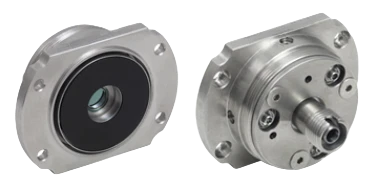Description
Fiber Port Couplers/Collimators with Aspheric Lenses 4.6mm, 7.5mm, 11mm EFL
When the connector and the fiber remain stationary, the internal lens has five alignment degrees of freedom: linear alignment in the X and Y directions, pitch and yaw alignment angles, and adjustment of the Z-axis using both pitch and yaw. The travel range in the X and Y directions is ±0.7mm, the travel range in the Z direction is greater than 2 mm, and the pitch and yaw adjustment range is ±4°. It has good structural stability and high coupling efficiency. If the wavelength of the light source is changed, the collimator needs to be re-adjusted to achieve higher coupling efficiency.
Fiber Port Couplers/Collimators with Aspheric Lenses 4.6mm, 7.5mm, 11mm EFL
Specifications
| Wavelength: | 350 - 1650nm |
|---|---|
| EFL: | 4.6 - 11.0nm |
| Fiber MFD: | 3.5um, 5.0um, 10.4um |
| Beam Waist Diameter: | 0.75mm ~ 2.09mm |
| Divergence Angle: | 0.32~2.27mrad |
| NA (Lens): | 0.23, 0.3, 0.52 |
| AR Coating: | R<0.5% @ 350-700nm;R<0.5% @ 600-1050nm;R<0.5% @ 1050-1650nm |
| Transmittance: | >95% |
| Manufacturer Part Number (MPN): | YSWX-XXX-XXX-FC/APC |
| FindLight SKU: | FL-23547 |
Features
- Connecting fiber collimated output or coupling free space collimated light into fiber
- Five Degrees of Freedom Plus Rotational Adjustment
- Optional combination of an aspherical lens and an achromatic lens
- Connector Options: FCPC, FC/APC, SMA905
- Three AR-Coated Lens Options: 400-700nm, 650-1050nm, 1050-1650nm
- When used in combination with YSenser's standard jumpers, it can improve coupling efficiency and ensure good repeatability.
Applications
- Used to launch or receive light in free-space optics experiments.
- Essential for beam shaping, alignment, and redirection in open-path setups.
- Collimate light from high-power multimode fiber-coupled diode lasers.
- Common in materials processing (cutting, welding, engraving) where a wider beam is preferred.
- Collimated beams are required for absorption, Raman, or fluorescence spectroscopy.
A large beam helps improve signal collection or sampling over larger areas. - Used to emit or collect light signals over longer distances with lower divergence.
Multimode fibers help deliver high-power pulses, while collimators shape the output. - Provides a controlled beam size for surface profiling, 3D scanning, or alignment verification.
- Enhances measurement repeatability and precision.
- Delivers uniform, large-diameter beams for illumination in endoscopy, photoacoustic imaging, or optogenetics.
- Multimode fibers allow for high-power, even distribution of light.
- Used in fiber-to-free-space and fiber-to-fiber coupling setups for testing optical components like filters, mirrors, or lenses.
- Provides bright, uniform light for inspection systems in manufacturing environments.
Export & Trade Information
| ECCN: | EAR99 |
|---|---|
| HTS Code: | 9002.90.9500 |
| Estimated US Tariff: | 25% |
Frequently Asked Questions
What types of lenses are available in the datasheet?
What are the available connector types for these lenses?
What is the typical beam size range for these lenses?
What is the maximum power handling capability of these lenses?
What is the transmission range for these lenses?
What are the far-field divergence angles for these lenses?
What is the AR coating range for these lenses?
Are customs duties, tariffs, value added tax (VAT) included in the price?
Similar Products

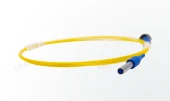

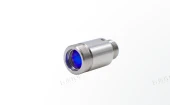
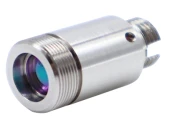
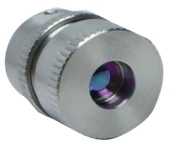
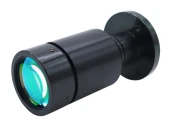
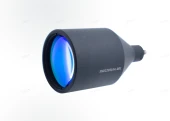
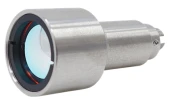
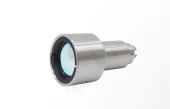
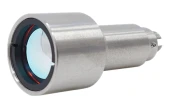
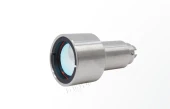
Your inquiry has been received.
Create an account by adding a password
Why create an account?
- Auto-complete inquiry forms
- View and manage all your past messages
- Save products to your favorites
- Close your account anytime — no hassle
